-
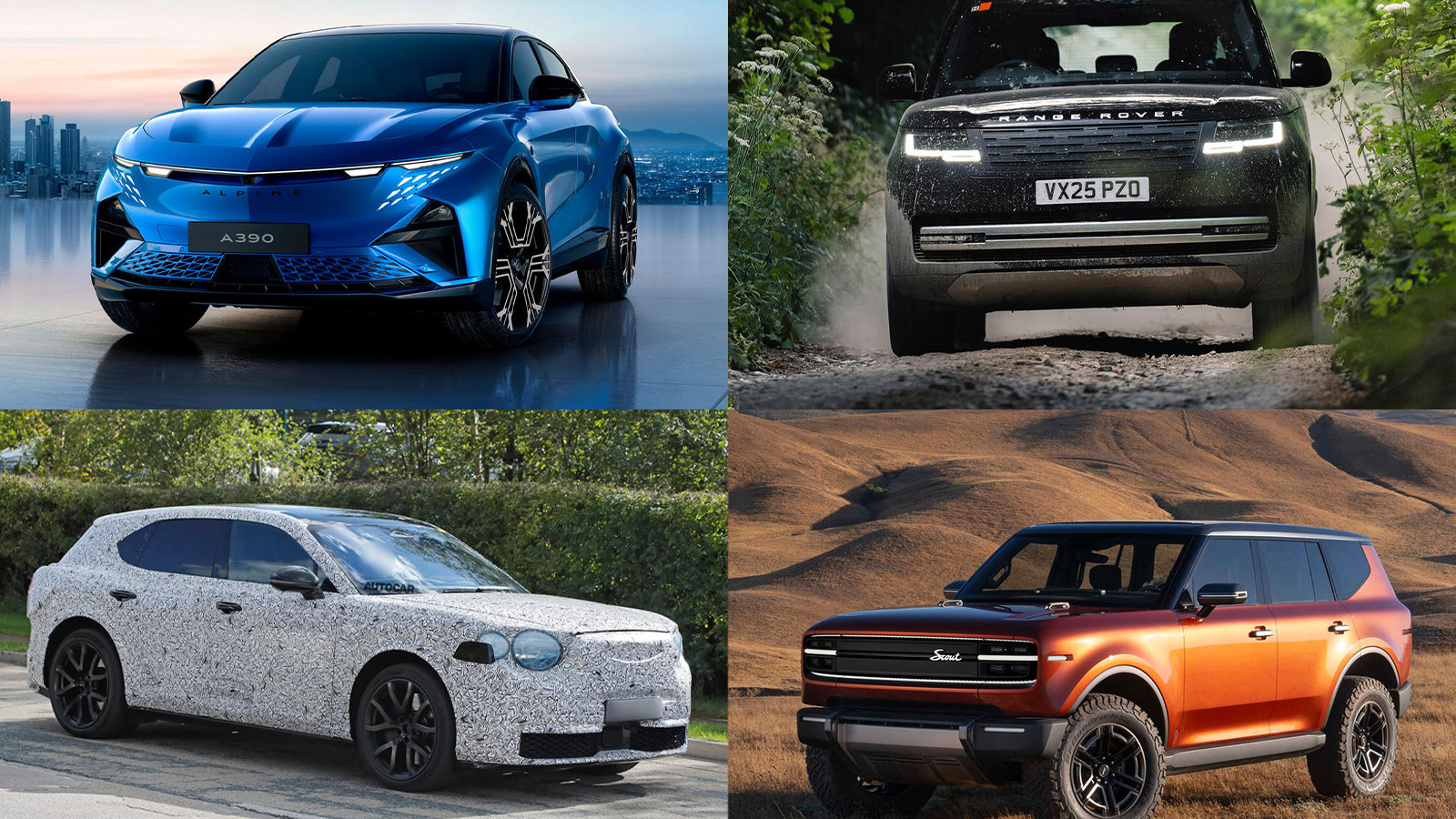 ©
© -
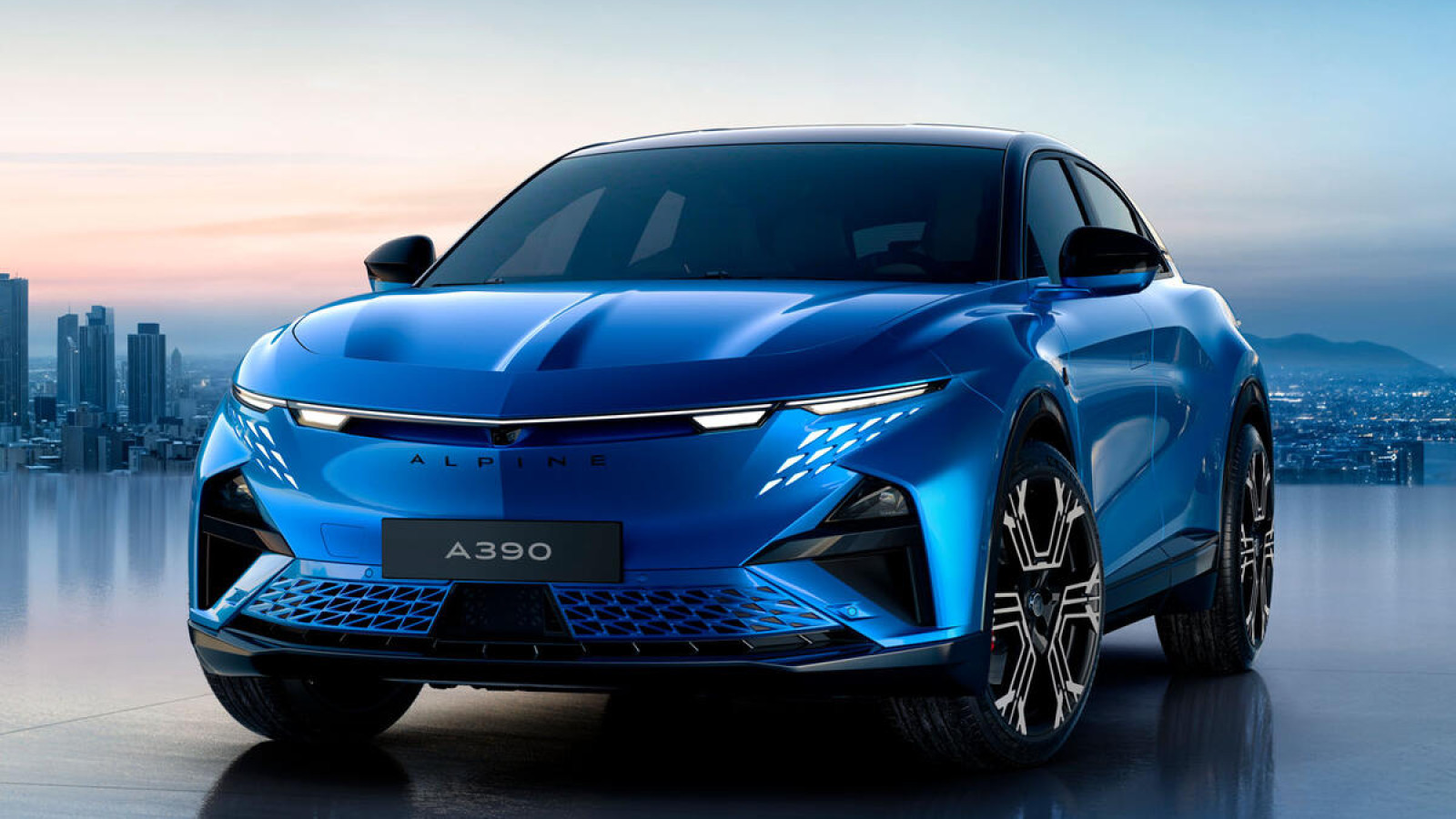 © Alpine
© Alpine -
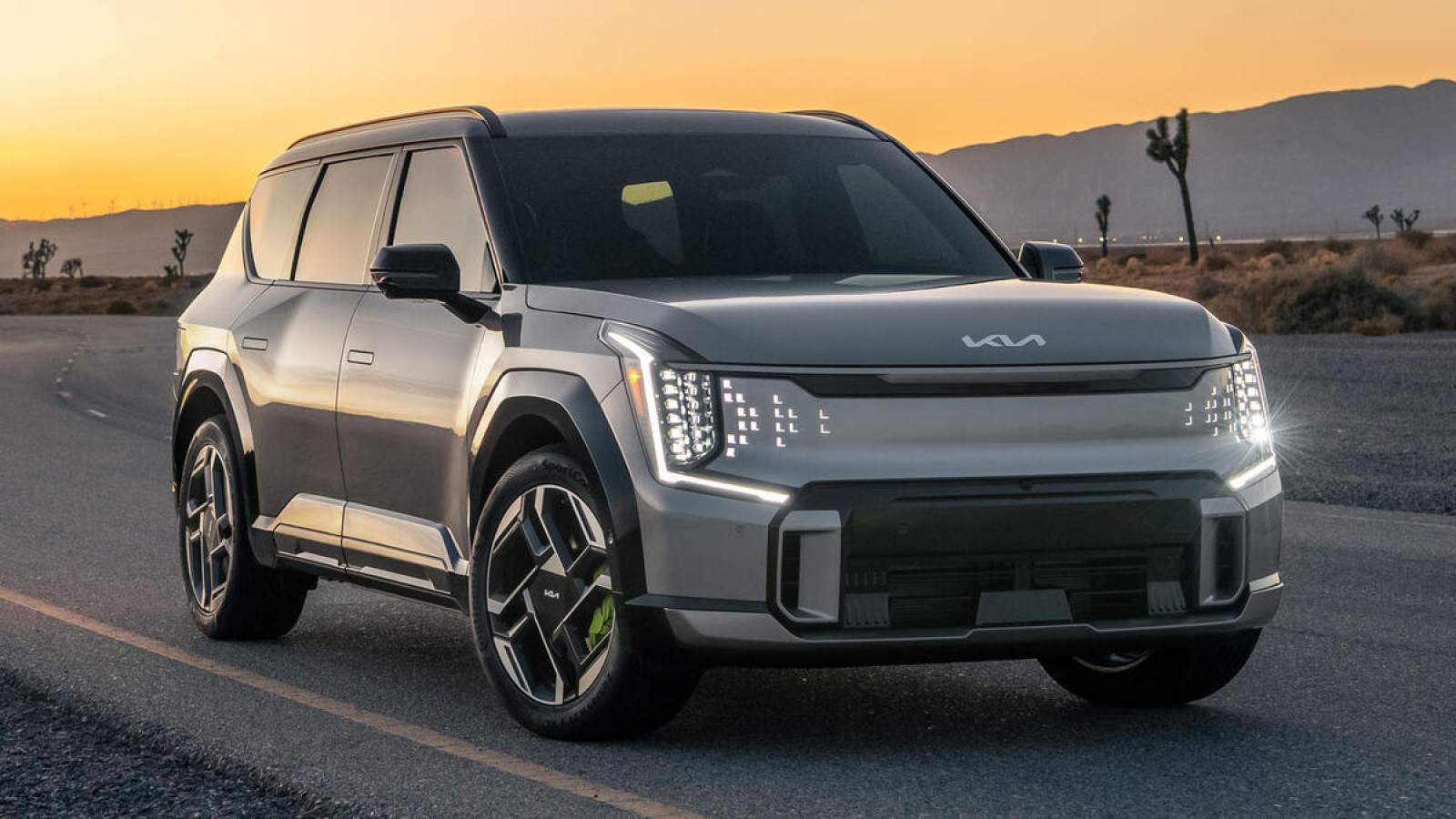 © Kia
© Kia -
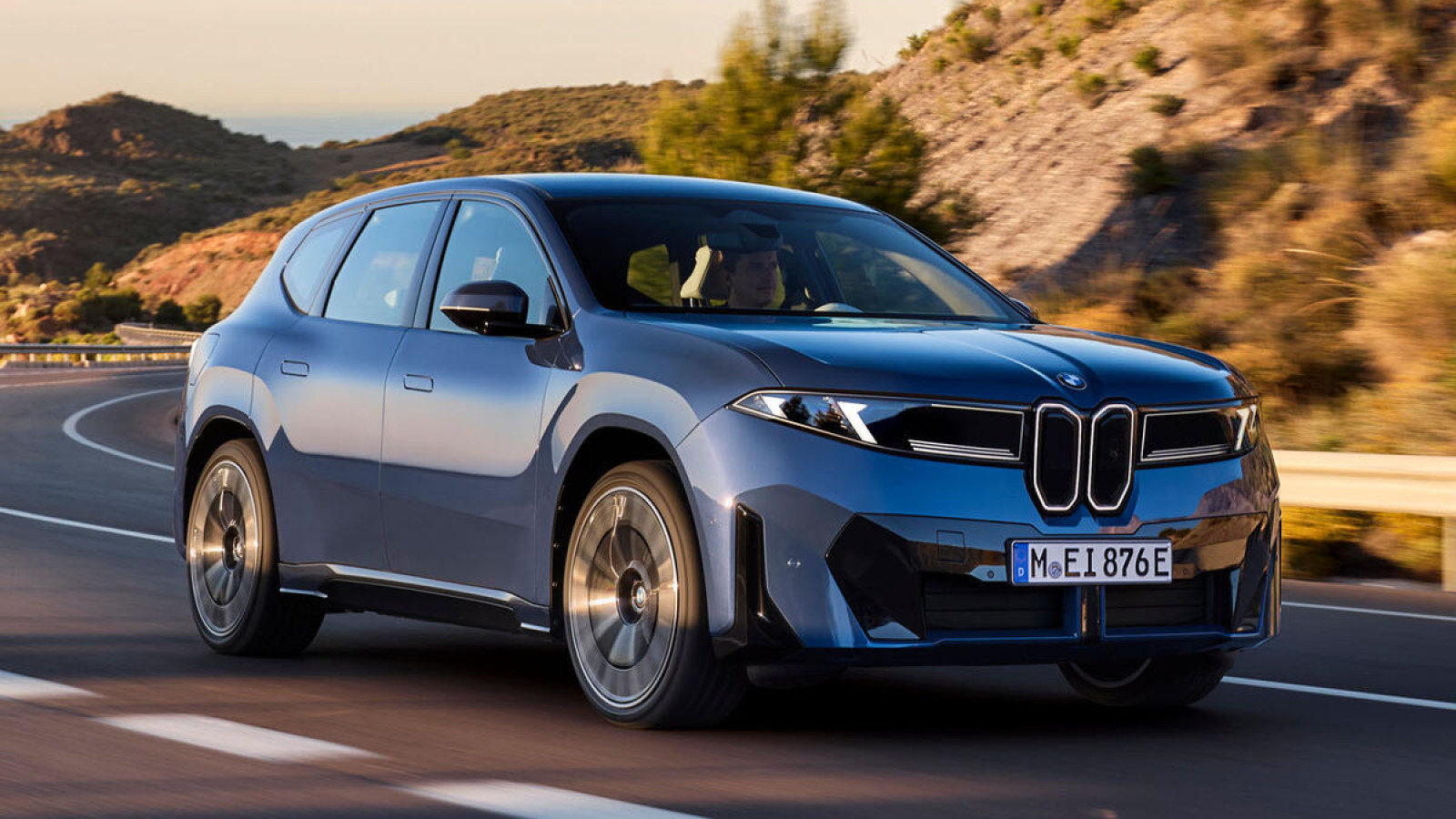 © BMW
© BMW -
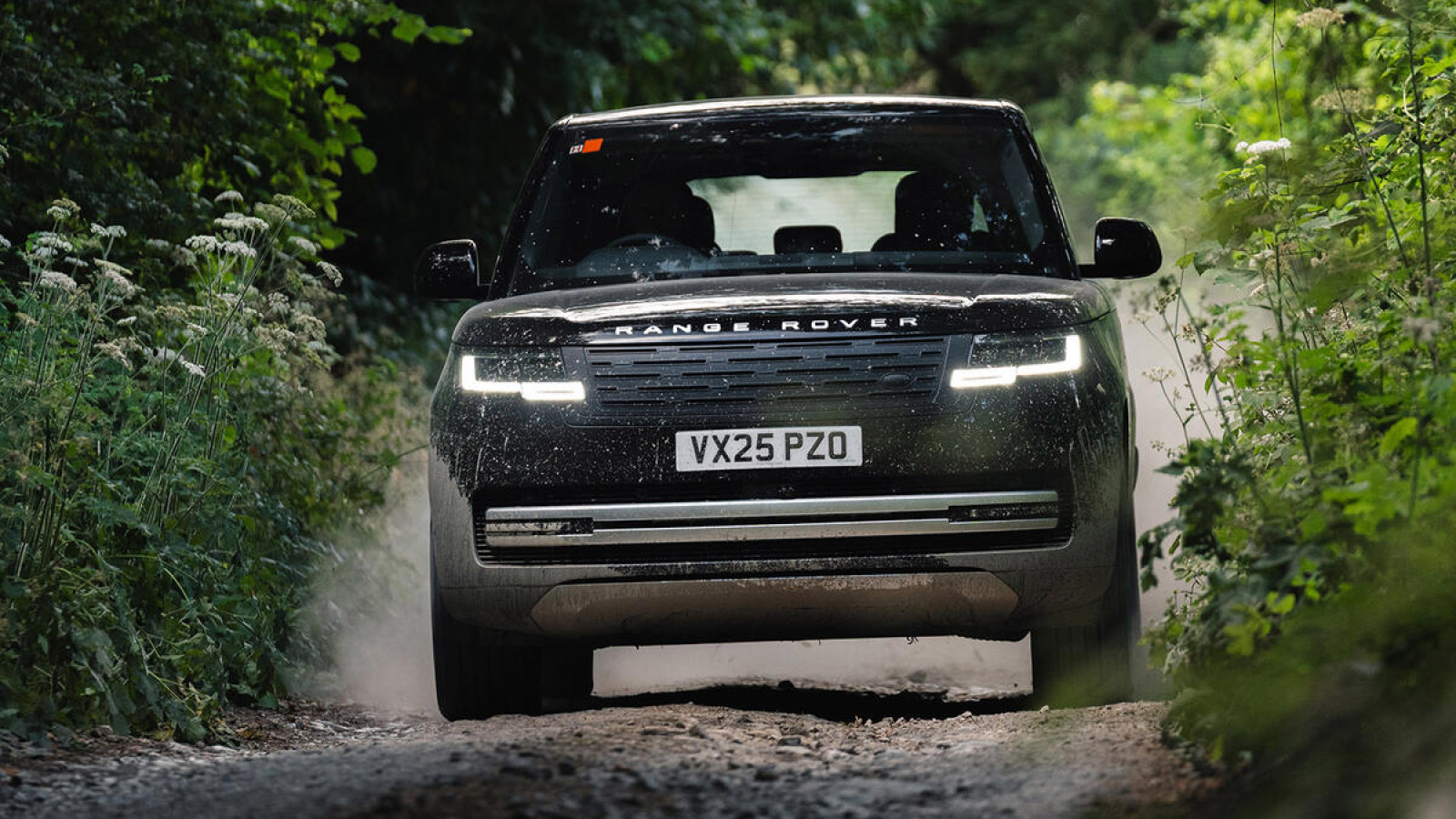 © JLR
© JLR -
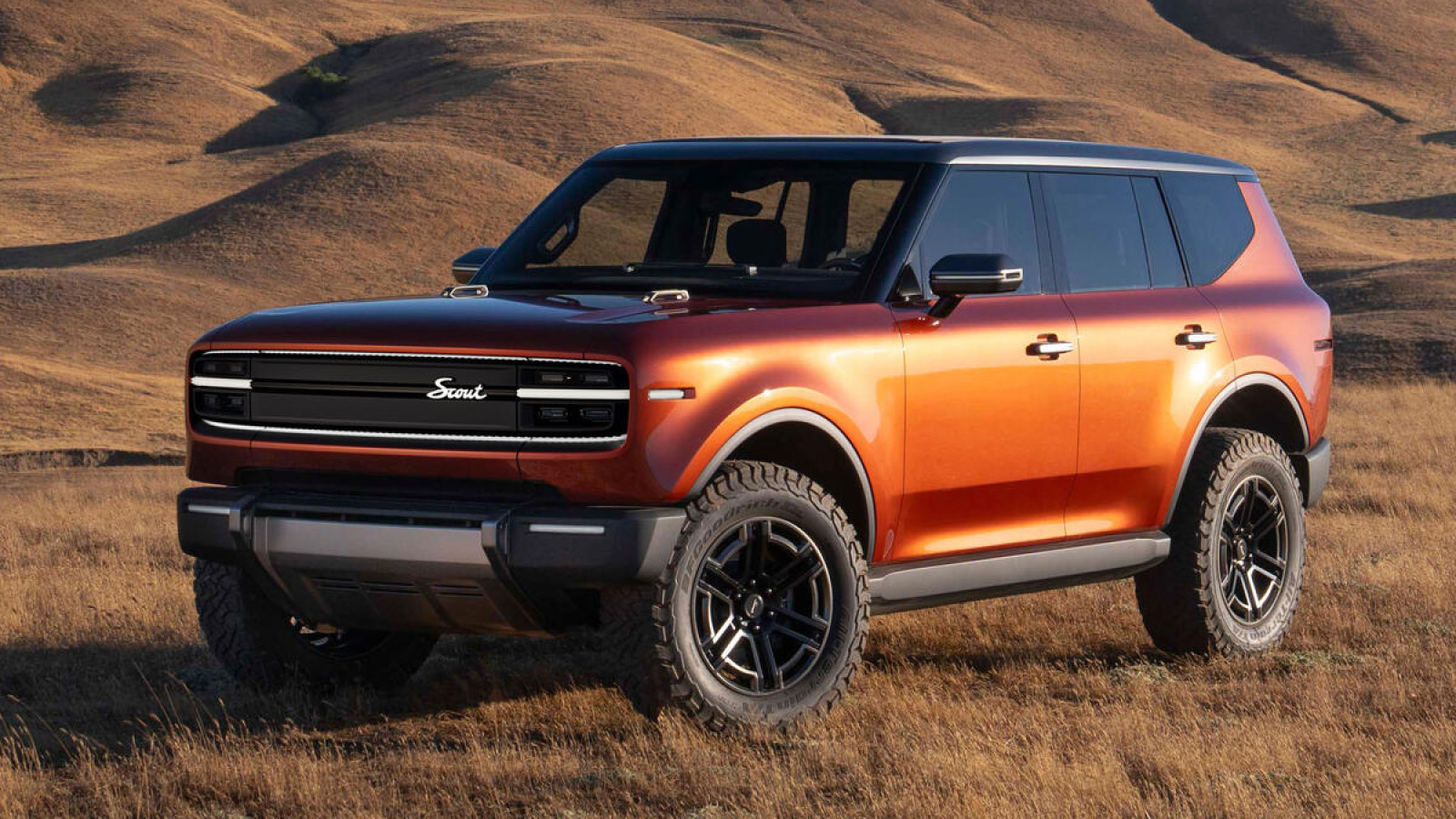 © Scout Motors
© Scout Motors -
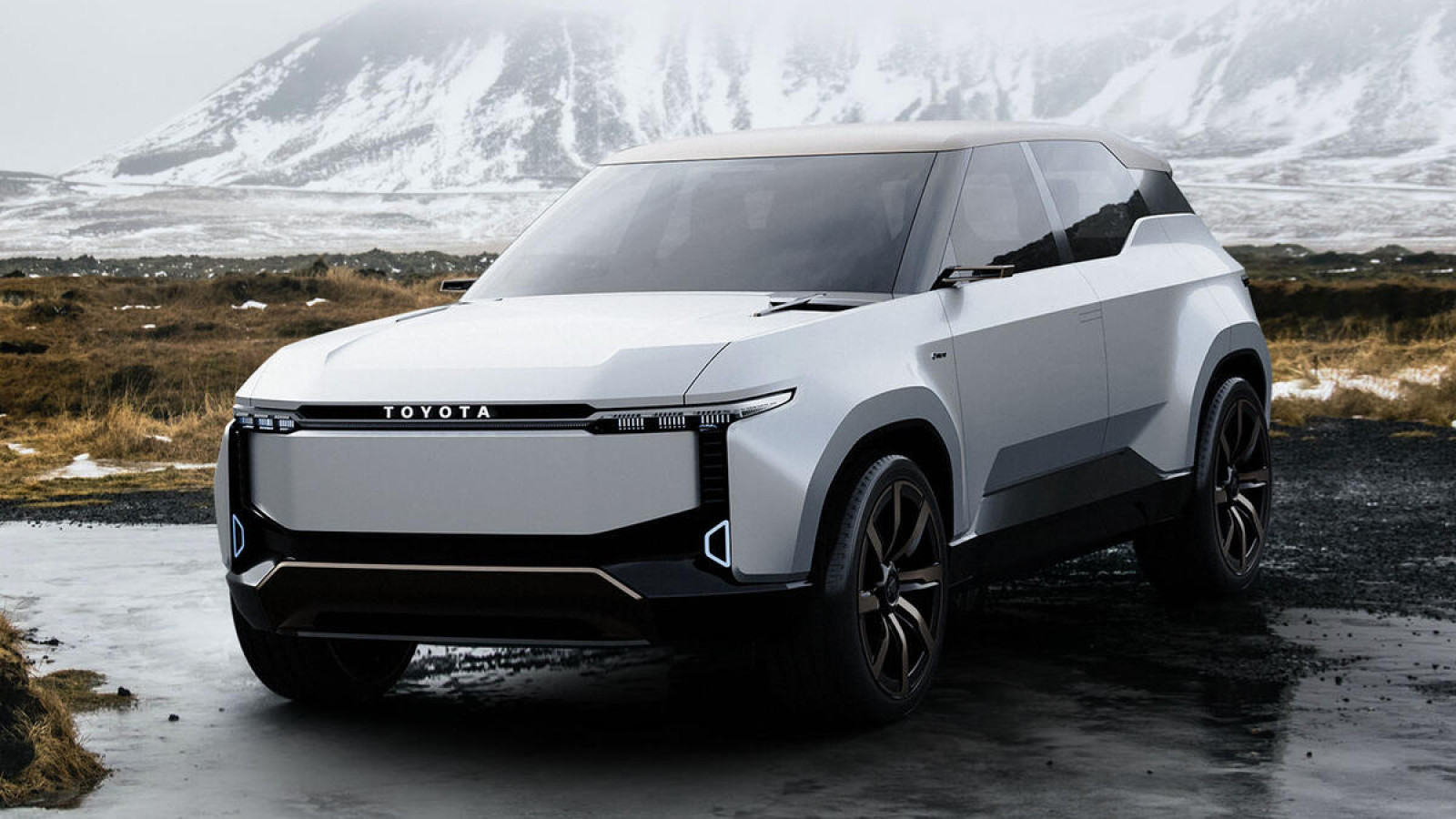 © Toyota
© Toyota -
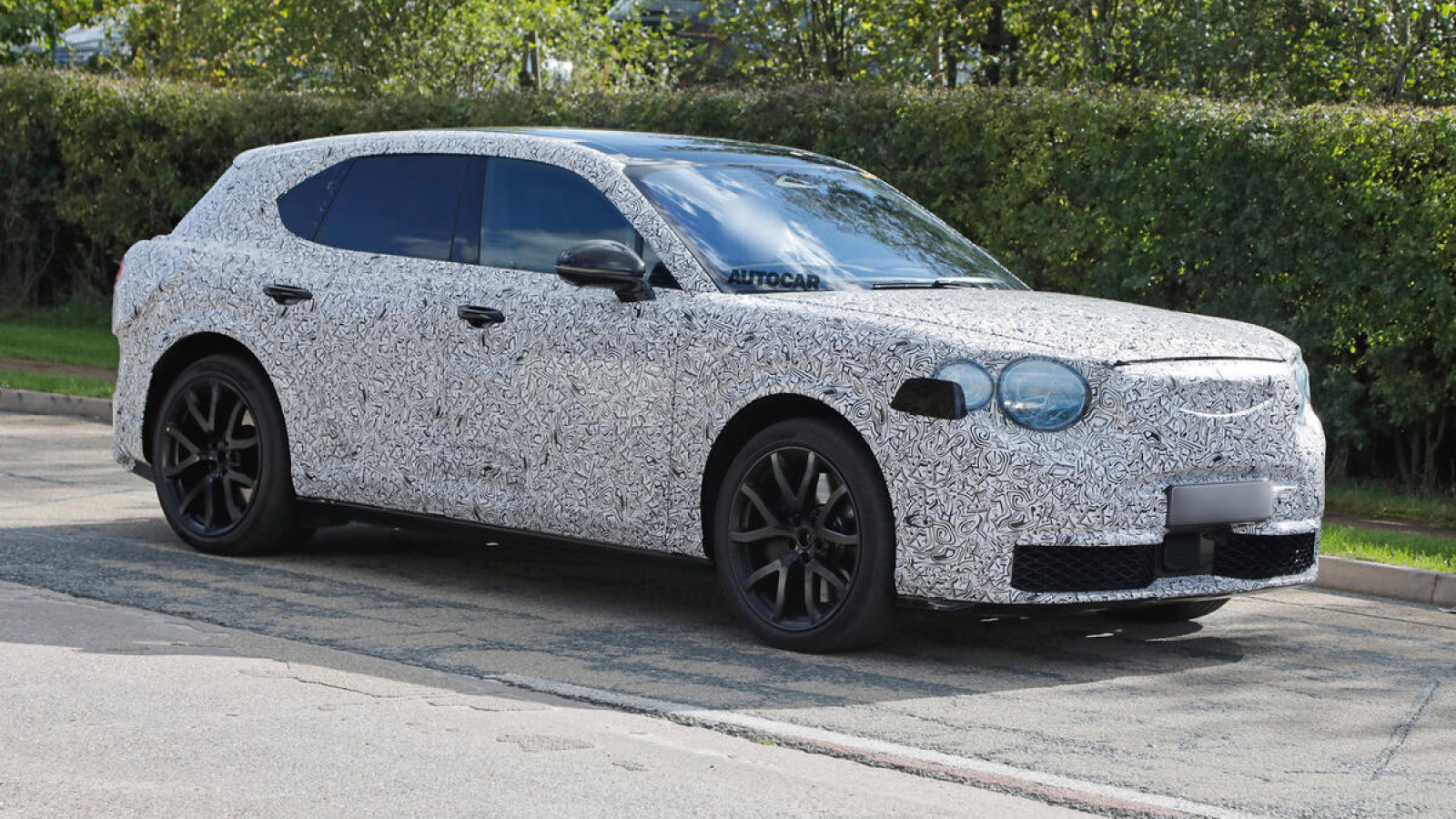 © Haymarket Media
© Haymarket Media -
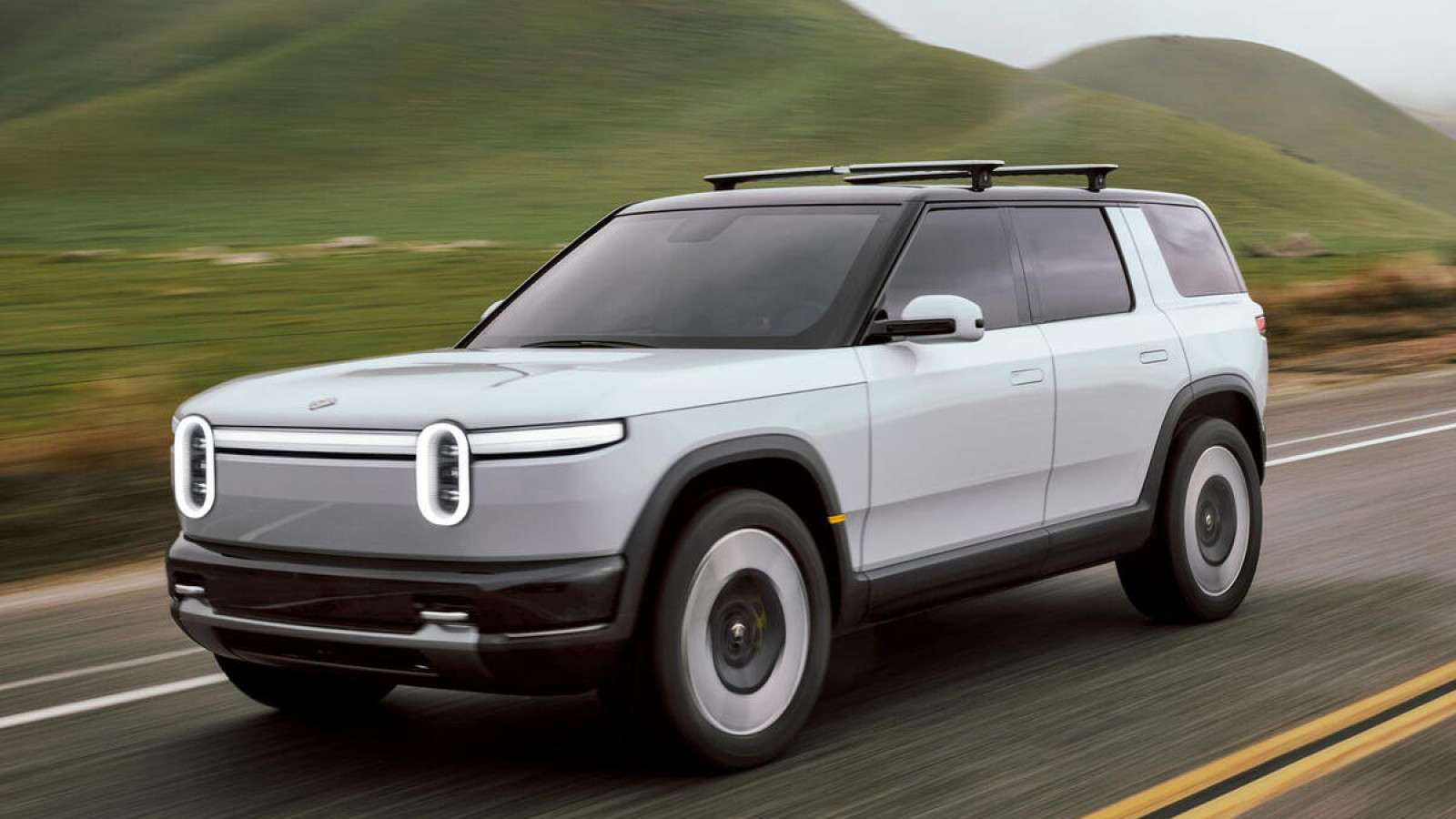 © Rivian
© Rivian -
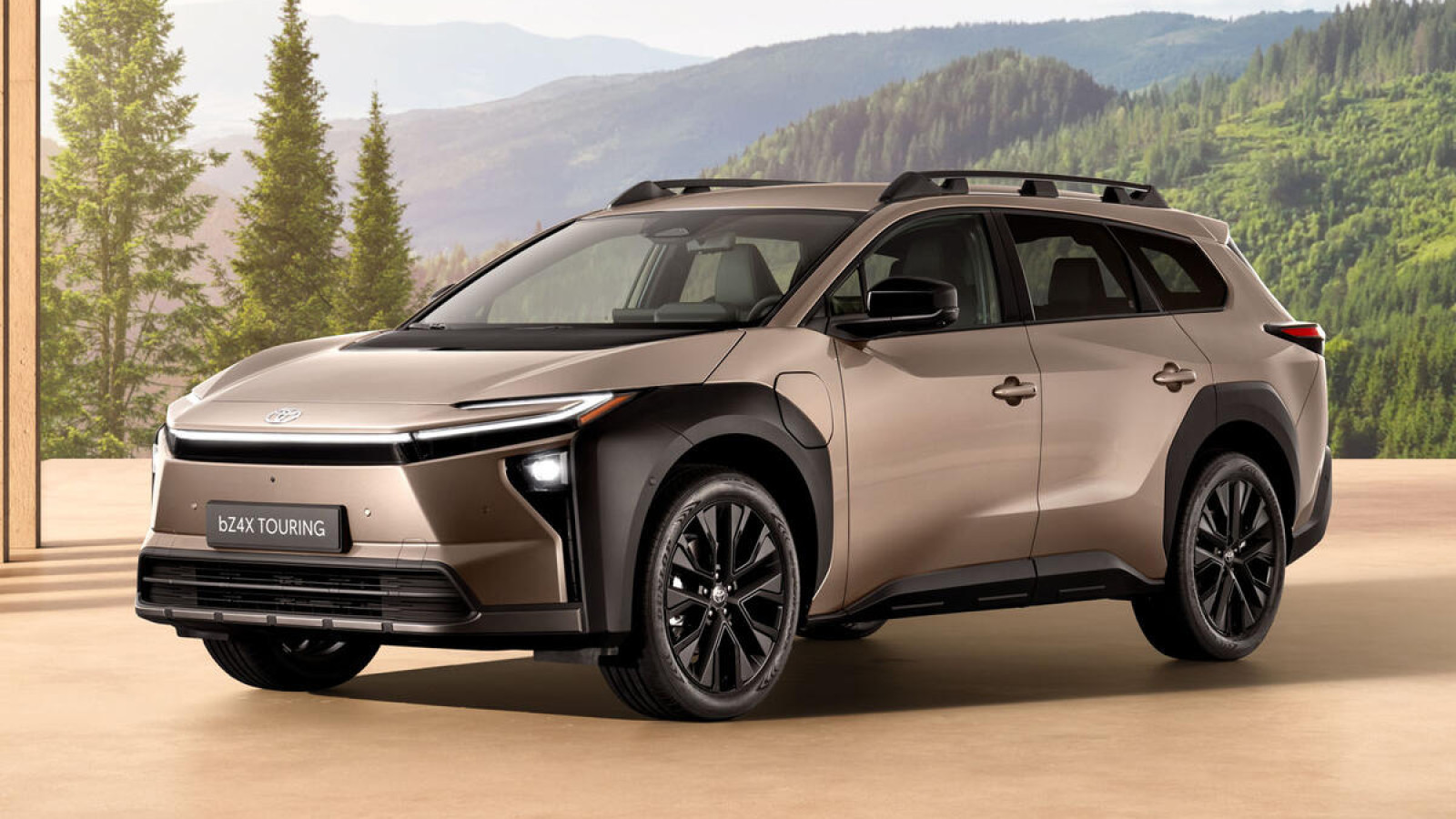 © Toyota
© Toyota -
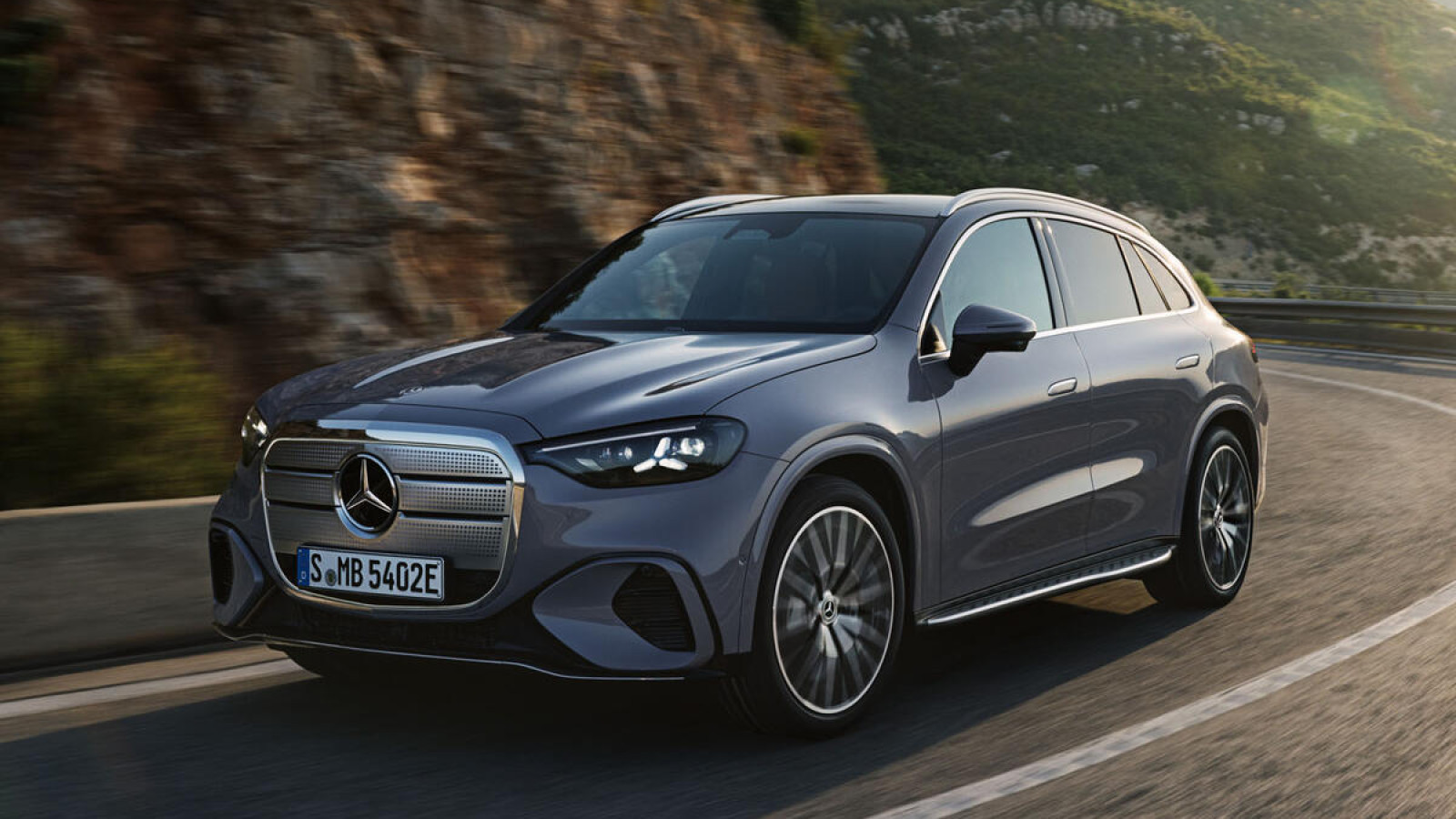 © Mercedes-Benz
© Mercedes-Benz -
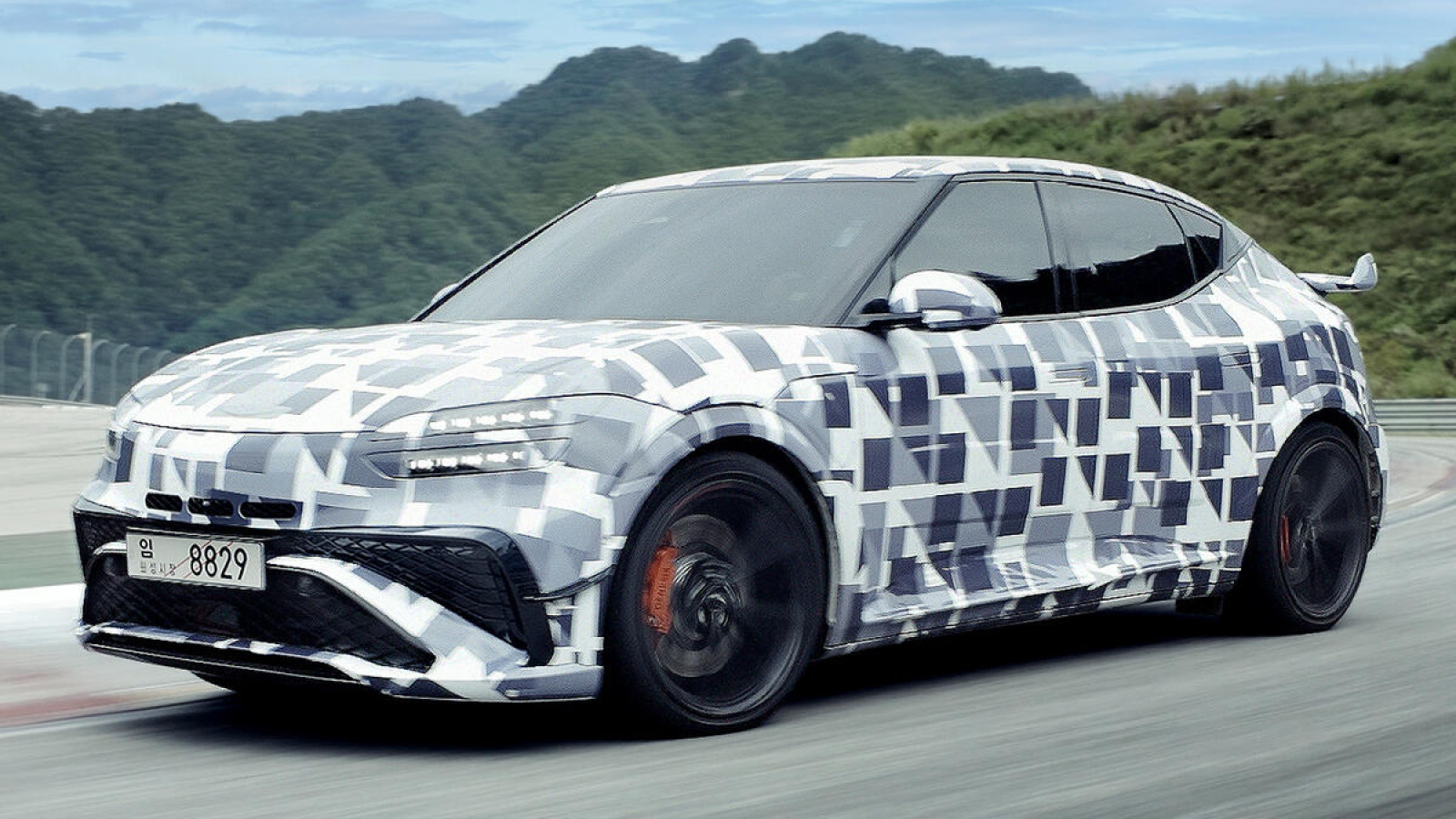 © Genesis
© Genesis -
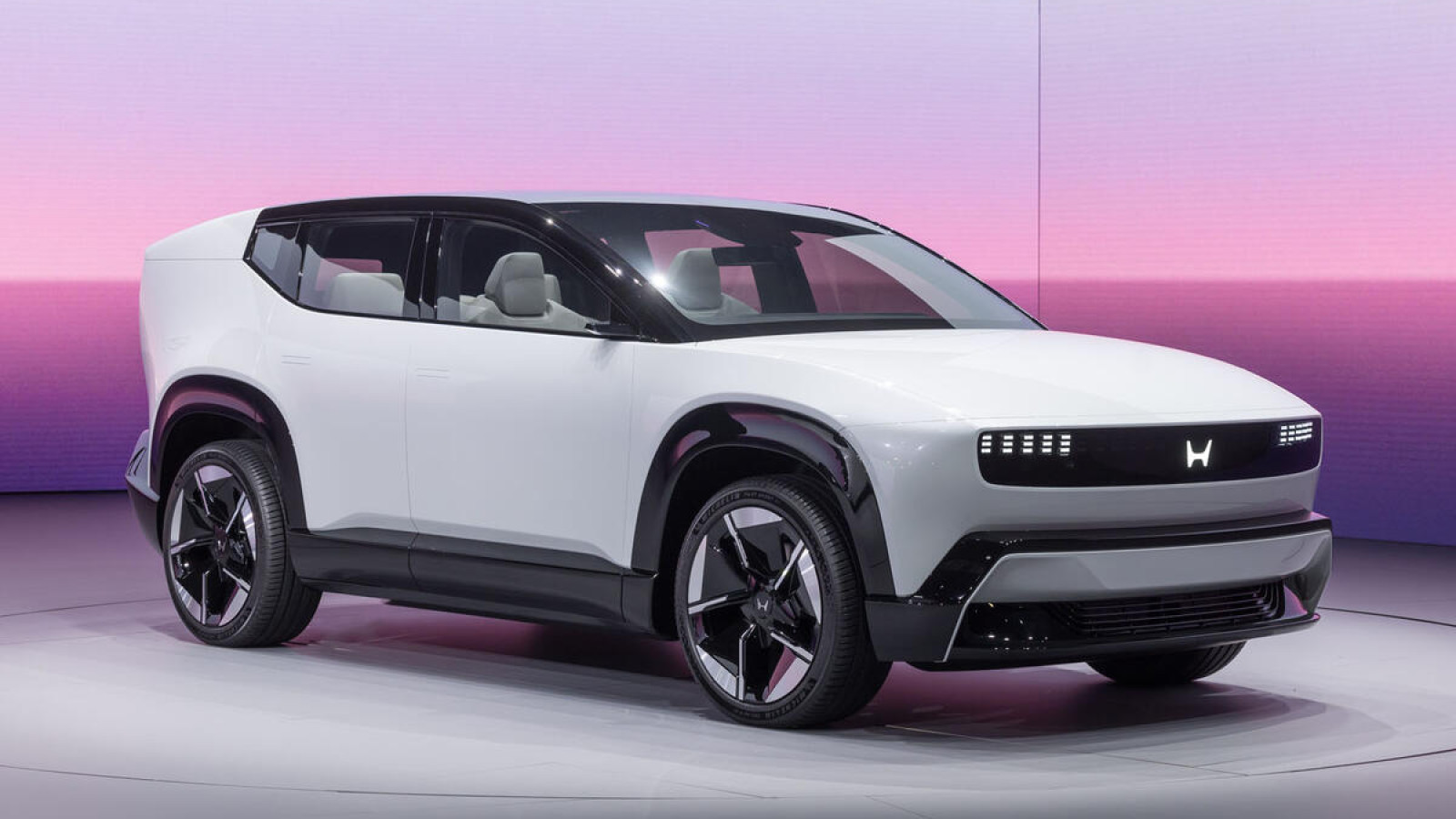 © Haymarket Media
© Haymarket Media -
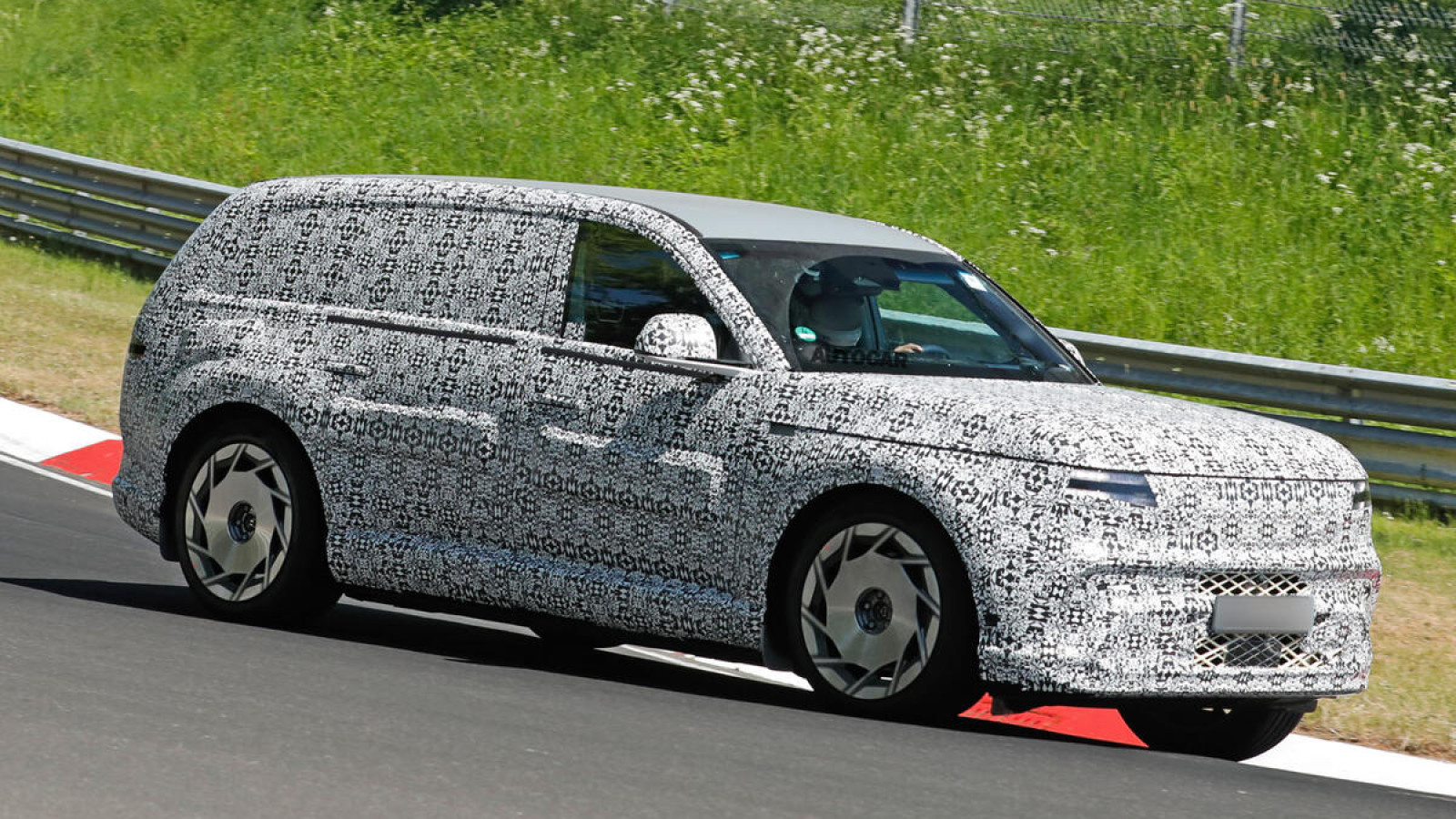 © Haymarket Media
© Haymarket Media -
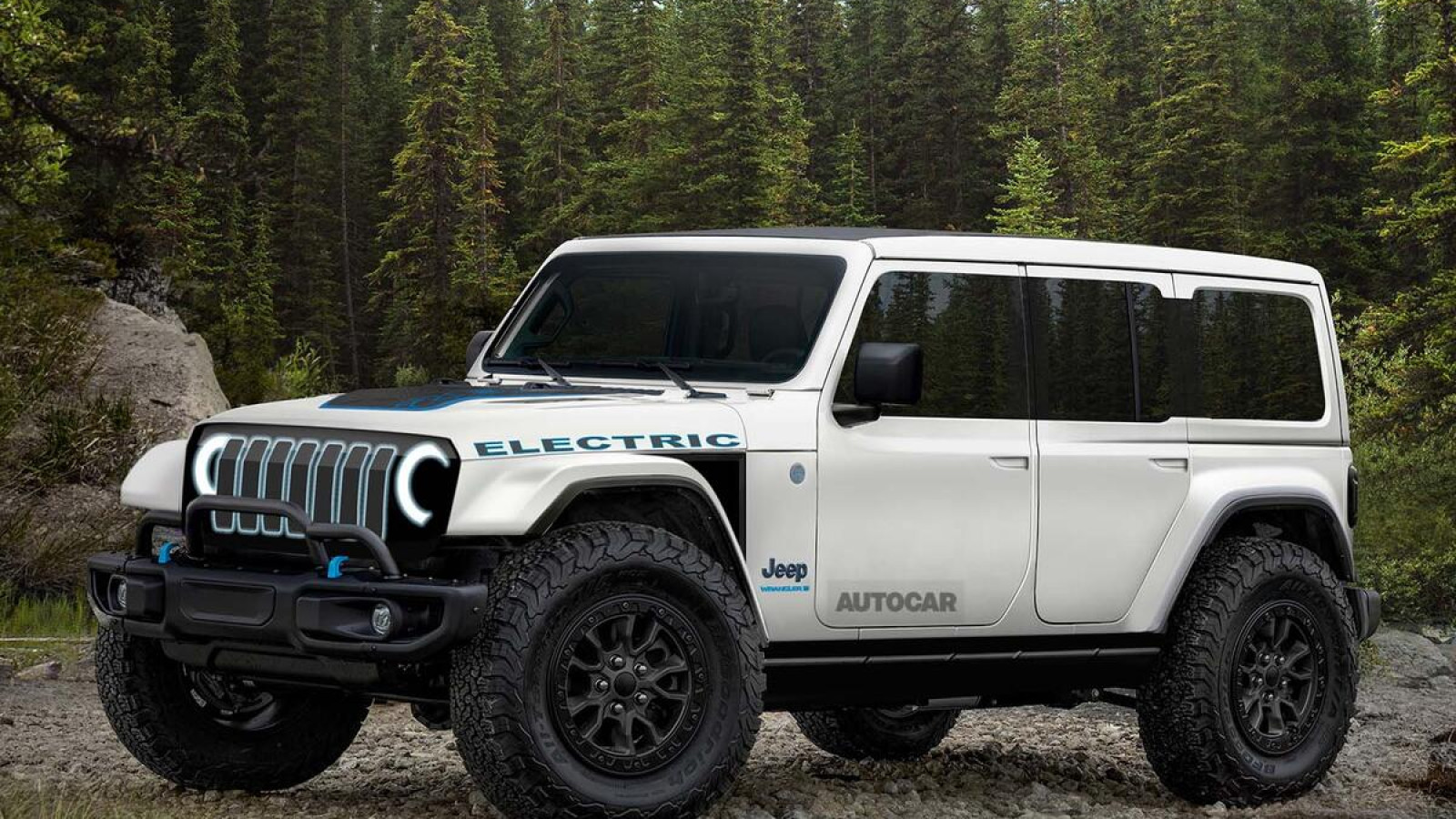 © Haymarket Media
© Haymarket Media -
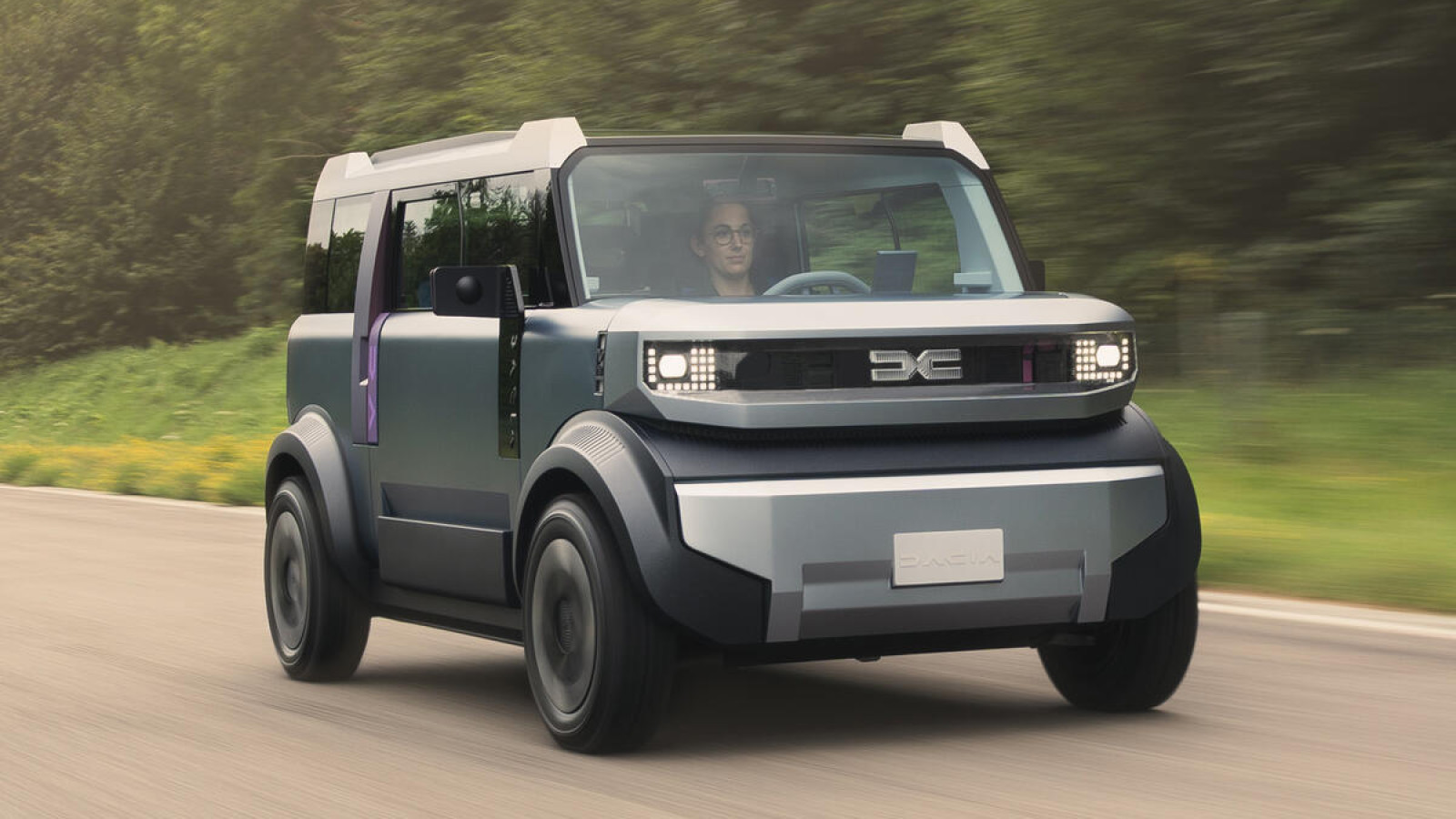 © Dacia
© Dacia
-
Since the arrival of the likes of the Volvo XC90 and the Porsche Cayenne, SUVs have become increasingly popular.
Their popularity is down to several reasons. They are often more practical than other types of cars, and they are also becoming much better to drive for the average person.
This popularity has continued over the last two decades and into the era of electric cars, and there are several upcoming models you should be excited about.
So read on for our list of the 15 upcoming SUVs that we’re hotly anticipating…
-
Alpine A390
The Alpine A390 will be the French sportscar maker’s first SUV, and it’s one of the most anticipated EVs of the year.
It will feature a 464bhp tri-motor powertrain with active torque-vectoring, which aims to make the car feel much lighter than it actually is.
Alpine still hasn’t revealed performance or range details yet, but we know it’ll cost around €68,000 (£60,000 / $80,000).
-
Kia EV9 GT
The Kia EV9 will arrive as one of the world’s fastest seven-seater cars, with 502bhp and a sprint from 0-62mph of just 4.6sec.
That puts it comfortably on par with certain versions of the BMW iX and the Porsche Macan, all while offering a hugely versatile interior.
The only seven-seaters faster than the EV9 GT are the Audi SQ7 (taking 4.1sec to hit 62mph) and the Tesla Model X Plaid (2.5sec to 60mph).
As well as the significant bump in power, the EV9 GT gets the simulated gearbox and engine sounds as the Hyundai Ioniq 5 N.
-
BMW iX3
The new iX3 will showcase the brand’s new design language for the first time, but more significantly, it will be one of the longest-range electric cars on the market around the world.
BMW claims certain versions with a 108kWh battery will be capable of 500 miles of range, surpassing the new Mercedes-Benz CLA EV.
Power is impressive too, with the iX3 50 xDrive producing 464bhp and 479lb ft, which enables the SUV to cover 0-62mph in a claimed 4.9sec. Top speed is limited to 130mph.
The iX3 will also be the first car available with the brand’s new panoramic iDrive system, which measures 43.3in across the length of the dashboard.
-
Range Rover EV
JLR might be having a torrid time of things lately, but the British car maker is still prepared to launch the new electric Range Rover.
The Range Rover will be the company’s first EV since the Jaguar I-Pace, which first went on sale in 2018.
Power comes from a 118kWh battery, paired with a twin-motor powertrain. Power stands at 542bhp and 627lb ft, while range comes in at 300 miles.
With a silent powertrain, the Range Rover EV should be the car’s most refined and luxurious version yet.
-
Scout Traveller
The Traveller will be one of the first electric cars from American 4x4 brand Scout Motors, which was recently revived by International Harvester, with backing from Volkswagen.
The Traveller is an electric Land Rover Defender rival, and will be joined by the Terra, an electric pick-up truck that will go against the Rivian R1T, Tesla Cybertruck and Chevrolet Silverado EV.
The electric cars will feature an 800V electrical system and a body-on-frame platform, distinct from the Volkswagen Group's MEB and PPE architectures. Canadian company Magna will provide the batteries and electronics.
-
Toyota Land Cruiser EV
Toyota unveiled a striking new concept car at the Tokyo Motor Show, offering a glimpse into the radical electric reinvention of the Land Cruiser.
Called the Land Cruiser Se, this rakish, futuristic three-row SUV represents a radical departure from previous Land Cruiser models – and a stark contrast from the retro-themed styling of the latest generation model that will go on sale in early 2024.
While the older model maintains a retro look, a ladder chassis, combustion power, and a rugged, upright silhouette inspired by classic Land Cruisers, this new concept boasts a monocoque body. Toyota states this design will deliver "highly responsive handling" on challenging terrain.
The brand has also indicated that its next-generation vehicles will feature slimmer battery packs. These slimmer packs will create more interior space and contribute to more aerodynamic styling, all while still providing a projected 621 miles of range thanks to advanced, energy-dense lithium-ion technology.
-
Bentley EV
Images of Bentley’s first electric car surfaced recently, showing a test prototype due for an unveiling next year, before sales begin in 2027.
The new Bentley will be the brand’s shortest car yet, measuring in at less than 5m long. It will sit beneath the Bentayga and is likely to share most of its mechanicals with the Porsche Cayenne EV.
The images reveal the SUV's production bodywork, showcasing the clear influence of Bentley's new brand-shaping EXP 15 concept. This is evident in its monolithic surfacing, bluff proportions, and relatively low-slung silhouette.
If we assume it’ll share much with the Cayenne, we should expect a few dual-motor, four-wheel-drive powertrains putting out between 400bhp and 805bhp. The most efficient version will likely offer an estimated range of up to 600km (373 miles) from its 108kWh battery, which can be charged at speeds of up to 400kW.
-
Rivian R2
Rivian’s new EVs will arrive in North America in the first half of 2026, with European cars set to follow shortly after.
The most affordable is the Rivian R2, a mid-sized crossover which the firm says was developed with European drivers in mind.
The R2, Rivian's Tesla Model Y competitor, offers over 300 miles of range and comes standard with a single-motor rear-wheel drive, with an optional dual-motor four-wheel drive.
While no launch date has been set for the related R3, a smaller, raised-hatchback-style vehicle, Rivian has also unveiled a tri-motor performance variant, the R3X, designed for rally-raid.
-
Toyota BZ4X Touring
Toyota revealed a stretched, off-road-focused variant of its bZ4X electric SUV that offers more space and more power.
As the name suggests, it is an off-Tarmac estate version of the three-year-old EV that adds 140mm in length, 20mm in height and a host of rugged design elements.
The new Touring, a sibling to the Subaru Trailseeker, shares the same e-TNGA platform. It offers an increased boot space of 600 litres, 148 litres more than its standard SUV counterpart. This makes it one of the most spacious electric vehicles on the market, surpassing the Volkswagen ID 5 and BYD Sealion 7.
Driven by Subaru's decision to use two identical motors on each axle for enhanced off-road balance – a departure from Toyota's previous preference for a larger rear motor – the new Touring boasts 376bhp, an upgrade from the SUV's 338bhp, establishing it as Toyota's most powerful electric vehicle available. A 221bhp single-motor option is also offered.
-
Mercedes-Benz revealed the new GLC EQ earlier this year, an SUV which will go on sale next year as the successor to the existing GLC.
The electric GLC EQ introduces a host of new styling features. Among them is a huge front grille cover, named ‘Iconic Grille’, which will only be applied to Mercedes’ electric cars. There’s also a new rear light bar.
Five power outputs will be offered on the new GLC EQ. The GLC 400 EQ will be the first to go on sale, with 483bhp available from dual electric motors for all-wheel drive.
Power comes from a 94kWh nickel-manganese-cobalt battery, which offers a driving range of 435 miles.
-
Genesis GV60 Magma
Genesis will reveal its high-performance GV60 Magma SUV in the coming months.
Positioned as the flagship within the GV60 range, this car marks the debut of a new series of performance-oriented versions set to be introduced across all models from the Korean premium brand.
Like the Alpine, Genesis still hasn’t revealed technical details for the GV60 Magma. Still, because it shares much of its underpinnings with the Hyundai Ioniq 5 N, we can expect it to feature an 89kWh battery and up to 641bhp.
Range and performance should be similar, too. The Ioniq 5 N produces 447km (278 miles) of range and will hit 0-62mph in 3.4sec.
Pricing has yet to be revealed, but we expect a price tag as high as €114,988 (£100,000 / $ 134,000 USD).
-
Honda 0 SUV
The Honda 0 SUV is merely a concept for now, but the firm is preparing a production version shortly down the line.
The new 0 SUV, a mid-size vehicle, draws inspiration from Honda's Space Hub concept showcased at CES last year. However, it boasts significantly different proportions compared to the concept's boxy design.
While appearing slightly shorter than the saloon, the SUV prioritises interior space with a more upright, defined windscreen and an MPV-like rear section featuring a squared-off tail.
All 0 Series models will feature single and dual-motor powertrains, utilising new compact e-axle motors designed for lower mounting. Entry-level models will be equipped with a 241bhp rear-axle motor, while dual-motor versions will offer four-wheel drive. Initially, top-end models will deliver a system output of approximately 482bhp.
The 0 Series Saloon will use an 80-90kWh nickel-manganese-cobalt battery, providing an estimated range exceeding 300 miles. Larger models will be available with around 100kWh battery packs.
-
Genesis GV90
Genesis is ramping up to launch a new electric luxury SUV to rival the Range Rover EV and Volvo EX90.
The GV90 is effectively Genesis’s take on the Kia EV9 and Hyundai Ioniq 9, sharing its fundamental platform and innards with those family-focused seven-seaters, but applying a premium sheen.
The GV90's specifications are anticipated to closely align with those of Kia and Hyundai, with minor variations in power output and efficiency. The Kia model features a 95kWh battery, offering a maximum range of 562km (326 miles) in its most efficient configuration.
The Hyundai, with a larger 110kWh battery pack, extends that range to 619km (385 miles). Both vehicles provide options for rear-wheel-drive and all-wheel-drive powertrains, peaking at 501bhp in the recently unveiled Kia EV9 GT. This high-performance Kia model could potentially serve as the foundation for a performance-oriented version of the GV90, developed under Genesis’s new sporting brand, Magma.
-
Jeep Wrangler EV
Jeep says the Wrangler will go electric in 2028, but despite the long wait, we’re still excited about its arrival.
In one of the most radical developments for the American off-roader since it was introduced in the 1980s, it will get both battery-electric and range-extender (REx) powertrains.
Based on a new family of EV architectures, this body-on-frame platform will be integrated into all Stellantis products starting next year. It will emphasise payload and towing capabilities. For example, the 1500 REV boasts a 1224kg payload and a 6350kg towing capacity, both significantly exceeding those of its competitor, the Ford F-150 Lightning.
The STLA Frame is designed to accommodate large batteries, a necessity for commercial vehicles that typically accrue high mileages and handle heavy workloads. For instance, the 1500 REV will be available with two long-range electric powertrain options: a 168kWh battery offering 350 miles of range, and a 229kWh battery providing 500 miles between charges.
-
Dacia Hipser
Okay, so we are being a bit silly with the Dacia Hipster, but it does at least look a bit like an SUV.
This small, four-seat electric car concept has the lofty goal of enabling as many people as possible to access essential mobility, according to Dacia.
Measuring just 1.55m wide, 1.53m high and 3m long, the Hipster is shorter than any car currently on sale, but there's still enough room for four people, and boot space can reach as high as 500 litres.
